Cocker Spaniel Dog Breed: Characteristics and Care Guide
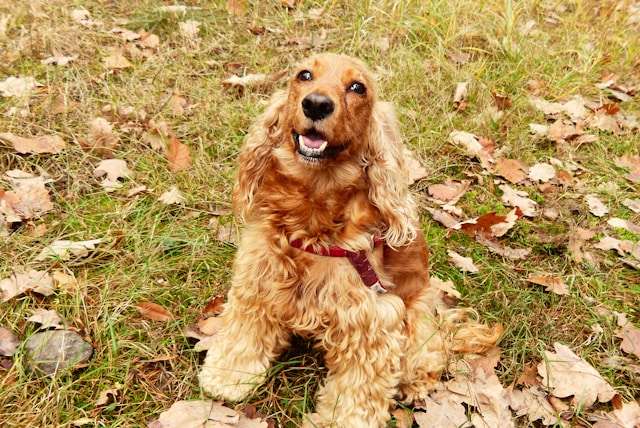
Cocker Spaniel Dog Breed: Characteristics and Care Guide. Cocker Spaniels have long captured the hearts of dog lovers worldwide with their charming looks and gentle manners. These dogs are known for their beautiful long coats and expressive eyes that reflect their friendly and affectionate nature. As members of the Sporting Group, Cocker Spaniels are versatile, originating as hunting companions but now treasured as family pets.
Potential owners should prepare for the grooming needs of a Cocker Spaniel, as maintaining their luxurious coat requires regular attention. This breed thrives on companionship and loves being involved in family activities. They are intelligent and receptive to training, making them a great choice for families or individuals who can dedicate time to their care.
Understanding the history and personality of the Cocker Spaniel can help us appreciate why they remain a popular breed. From their origins as hunting dogs to their modern role as beloved companions, they adapt well to various lifestyles. As we explore their care, history, and role in our lives, we can better understand what makes Cocker Spaniels a unique and rewarding breed.
Table of Contents
Key Takeaways
- The Cocker Spaniel breed needs regular grooming and family interaction.
- They have roots in hunting but adapt well to family life.
- Understanding their history enhances appreciation for the breed.
Breed Overview
In this section, we’ll explore the differences between the English and American Cocker Spaniels, focusing on their characteristics, temperament, and suitability as family pets. We’ll highlight the unique features that make these dogs popular and lovable companions.
English Cocker Spaniel Vs. American Cocker Spaniel
The English Cocker Spaniel and the American Cocker Spaniel are two distinct breeds. The English variant tends to have a more robust body and longer muzzle, making it well-suited for hunting. On the other hand, the American version is smaller with a shorter muzzle and is primarily bred for show.
The English Cocker is known for its endurance and agility, which makes it great for fieldwork. The American Cocker, while also energetic, is usually favored as a companion dog due to its charming appearance and sweet temperament. Both types are friendly and affectionate, but their roles and physical traits vary significantly.
Physical Characteristics
Cocker Spaniels are medium-sized dogs with distinctive physical characteristics. Their bodies are strong and compact, ranging from about 13.5 to 15.5 inches in height and weighing between 20 and 28 pounds. Their most striking features are their long, feathered ears and soulful, expressive eyes that seem to gaze with warmth.
They have a silky coat that requires regular grooming to prevent matting. Depending on the individual dog, the coat can range in color from black and brown to golden or multi-colored patterns. Proper care is essential to maintaining their luxurious appearance and overall health. Regular exercise and a balanced diet help keep them fit and active.
Temperament and Personality
Cocker Spaniels are known for their cheerful and playful nature. Their temperament is a mix of friendliness and loyalty, making them excellent family pets. They thrive on human companionship and often develop strong bonds with family members. Their affectionate demeanor makes them great with children and other pets.
These dogs have a moderate energy level. They enjoy activities like fetching and agility training, which helps keep them mentally and physically stimulated. While generally well-behaved, their energetic nature may require consistent training to prevent undesirable behaviors. Our love and attention are vital for their happiness, making them a joy in our homes.
History and Origin
The Cocker Spaniel’s story begins in the United Kingdom. Known for their hunting skills, they have evolved significantly over the years. Recognized for their charm, Cocker Spaniels have left a lasting impact on canine enthusiasts and popular culture.
Historical Significance
Cocker Spaniels originated in the United Kingdom, where they were prized as hunting dogs. Their name comes from their proficiency in flushing woodcockbirds. Over time, their friendly nature and striking appearance gained them popularity beyond hunting.
In the early 20th century, the American Kennel Club recognized them as distinct breeds: the American and the English Cocker Spaniel. Their starring role in Disney’s Lady and the Tramp cemented their place in popular culture.
Evolution of the Breed
The breed’s development took different paths in America and England. In England, they remained closely tied to their hunting roots, while in America, the emphasis shifted towards a more companion-oriented role.
This evolution resulted in physical differences, with American Cockers generally having a more rounded skull and shorter snout. The English variety stayed more aligned with its original hunting design. As cultural favorites, these dogs continue to captivate us with their looks and history.
Care and Grooming
Cocker Spaniels are known for their beautiful, long coats and lively personalities. Regular grooming, proper exercise, and a balanced diet are crucial for keeping them healthy and happy.
Grooming Needs
Cocker Spaniels have long, silky coats that require frequent attention. We should brush their coats weekly to prevent tangles and mats. A metal comb with medium teeth works well for this task. Regular hair trims are also necessary to keep their coat length manageable. Their ears need special care, as their droopy nature makes them prone to ear infections. Cleaning their ears weekly can help keep infections at bay. Regular baths using a gentle dog shampoo will also keep their coat clean and shiny.
Exercise Needs
Cocker Spaniels are active dogs who enjoy exercise and play. They thrive with a mix of daily walks and playtime. We should aim for at least 30-60 minutes of exercise daily. Outdoor activities like fetch or agility training cater to their energetic nature. Mental stimulation is just as important as physical exertion for this breed. We should engage them with interactive toys and training sessions to keep them sharp and alert. An active lifestyle will also aid in preventing obesity and related health issues.
Diet and Nutrition
A balanced diet is vital for maintaining the health and energy levels of our Cocker Spaniels. Their diet should include high-quality dog food rich in protein to support their activity needs. Portion control is critical to preventing overeating and weight gain, common concerns with this breed. We should avoid feeding them table scraps or foods high in sugar and fats. Regular vet check-ups are essential to address any dietary changes needed as they age. Providing dental treats can also support oral health alongside brushing their teeth.
Health and Wellness
Cocker Spaniels are known for their vibrant energy and affectionate nature, but they also have specific health needs. Understanding common health problems and ways to prevent them is crucial for the well-being of our furry friends.
Common Health Problems
Cocker Spaniels are prone to a variety of health issues. Hip dysplasia is a common concern, causing discomfort due to the improper fit of the hip joint. Hypothyroidism involves the thyroid gland not producing enough hormones, leading to weight gain and lethargy.
Eye problems are another significant issue affecting vision, including cataracts and progressive retinal atrophy. Chronic ear infections can also cause discomfort and hearing loss due to their floppy ears. Epilepsy manifests as seizures and requires veterinary attention.
Lastly, patellar luxation, where the kneecap dislocates, can lead to limping or pain. Regular check-ups can help us tackle these issues early.
Preventative Measures
We should focus on several preventative measures to keep our Cocker Spaniels healthy. A balanced diet contributes to maintaining a proper weight and supporting overall health. As our vets recommend, joint supplements can help with joint problems like hip dysplasia.
Regular eye and ear check-ups prevent progressive retinal atrophy and ear infections. Proper grooming routines, including cleaning and drying ears thoroughly, help avoid infections.
Exercise should be moderate to avoid stress on joints. Antioxidant-rich diets can reduce the risk of developing conditions like cataracts. Regular veterinary check-ups play a vital role in catching potential health issues early before they develop into serious problems.
Training and Socialization
Cocker Spaniels are intelligent, playful dogs that benefit from consistent training and socialization. Early efforts in these areas help them grow into well-adjusted and confident adult dogs.
Training Methods
When training our Cocker Spaniels, starting as early as possible is effective. We should begin training at around eight weeks of age. They are ready to learn basic commands using rewards and positive reinforcement at this stage. A treat pouch, a soft collar, and a non-slip mat are valuable tools for training sessions.
Keeping training sessions short and fun helps hold their attention, which is crucial given their spirited nature. It’s important to remain patient and consistent, as Cocker Spaniels respond well to praise and rewards. Training them to walk with a harness that won’t pull helps them get comfortable with outdoor exploration. This guide provides more details on training techniques.
Importance of Socialization
Socialization plays a crucial role in our Cocker Spaniel’s development. Early exposure to various environments, people, and pets helps them become more adaptable and less prone to anxiety. Socializing them by engaging in supervised playdates or introducing them to different sounds and sights is beneficial.
This process boosts their confidence and minimizes behavioral issues like aggression or fearfulness. Studies indicate that dogs socialize adequately as puppies exhibit fewer adult behavioral problems. Positive interactions help form long-lasting positive relationships with both humans and other dogs. Tips for adequate socialization can be found here.
Lifestyle and Compatibility
Cocker Spaniels make excellent family dogs due to their friendly nature and adaptability. They are energetic and enjoy being part of family activities, making them great for households with children and other pets.
Family and Household Dynamics
Cocker Spaniels are famous for being kid-friendly and well-suited to family life. They are gentle and patient, which makes them a good fit for homes with young children. Their affectionate nature ensures they quickly become beloved family companions. The breed’s moderate size is perfect for small apartments and larger homes as long as they exercise regularly. This adaptability helps them integrate smoothly into various family dynamics. Including them in daily family interactions is essential to keep them happy.
Inclusion in Activities
As energetic sporting dogs, Cocker Spaniels thrive on activity. They enjoy participating in family outings, hikes, and trips to the park. Their love for play and exploration makes them great companions for active families. Regular walks and playtime in the yard help them channel their energy positively. Engaging them in activities like fetch or agility training can also be enriching. We need to ensure they are mentally and physically stimulated to prevent boredom, which can lead to unwanted behaviors.
Compatibility with Other Pets
Thanks to their friendly disposition, Cocker Spaniels are generally good with other pets. Early socialization is critical to developing positive relationships with other dogs and animals. If introductions are handled carefully, they can cohabit with other pets, like cats. Their playful and non-aggressive temperament makes them suitable companions for various household animals. Monitoring initial interactions helps ensure pet harmony, promoting a peaceful multi-pet environment. With guidance, they can learn to share their space and family, enhancing the dynamics of a diverse household.
Breed Recognition and Organizations
Cocker Spaniels are well-recognized and cherished in formal dog clubs and rescue organizations. This section explores how these groups support and promote the breed.
AKC and Other Clubs
The American Kennel Club (AKC) is critical in recognizing the Cocker Spaniel breed. The AKC registers dogs and hosts events, including this breed, in its Sporting Group. In the AKC’s history, a few breeds were recognized as early as the 1800s. Cocker Spaniels have gained recognition from the AKC and the American Spaniel Club, the first club in the U.S. dedicated to this breed.
This breed enjoys a rich history that has also caught the attention of international clubs. It is recognized by organizations such as the Fédération Cynologique Internationale and The Royal Kennel Club. These groups play essential roles in setting breed standards and supporting reputable breeders. They provide guidelines that sustain the health and quality of Cocker Spaniels worldwide.
Rescue Organizations
Rescue organizations are essential in ensuring that Cocker Spaniels in need find safe homes. These nonprofit groups often step in to rescue, rehabilitate, and rehome dogs. They frequently partner with national and local shelters to ensure the dogs receive the necessary care.
These groups focus on screening potential adopters to find the best match for each dog, ensuring a loving and permanent home. Their work is supported by donations, volunteers, and community involvement. Engaging with these organizations helps individual dogs and raises awareness about responsible pet ownership. They are crucial to protecting this beloved breed and enhancing the lives of countless dogs and families.
Breed Specifics and Fun Facts
Cocker Spaniels are lively dogs known for their playful nature and distinctive looks. This section explores their unique traits and shares interesting tidbits about this popular breed.
Unique Attributes
Cocker Spaniels are the smallest members of the Sporting Group. Males typically stand between 14.5 and 15.5 inches tall, while females range from 13.5 to 14.5 inches. Their size makes them adaptable to different living environments.
Cocker Spaniels are high-energy dogs that need regular exercise to stay healthy and happy. Their Care involves grooming to maintain their shiny coats and prevent matting. Their cheerful and friendly personalities make them well-loved family pets. Unlike some similar breeds, like the Boykin Spaniel, Cockers are often more sociable and eager to please.
Breed Popularity and Notable Mentions
Cocker Spaniels enjoyed peak popularity after World War II, becoming the number one breed registered with the American Kennel Club by 1984. Their charm and affectionate nature continue to win hearts today.
These dogs are widely popular in North America, and many are found in homes. Organizations such as local animal shelters and breed-specific rescue groups often have them available for adoption. Fun facts about Cockers include their depiction in movies like Lady and the Tramp, highlighting their role as beloved companions. The breed’s life span is generally around 12 to 15 years, offering many joyful years with their families.
Planning for a Cocker Spaniel
Bringing a Cocker Spaniel puppy into our home involves several necessary steps. We need to find a reputable breeder and understand the various costs associated with pet ownership. Preparation in these areas helps ensure a healthy and happy life for the new furry family member.
Finding a Reputable Breeder
When searching for a Cocker Spaniel puppy, working with a reputable breeder is essential. Reputable breeders prioritize the health and well-being of their dogs. They provide us with health clearances for both parents, ensuring the puppies are purebred and free from genetic disorders.
We should visit the breeder’s facility to see the living conditions and meet the puppy’s parents. This gives us insight into the puppy’s temperament and health. Reputable breeders often ask us questions, too. They want to ensure their puppies are going to loving and suitable homes.
We should also consider breeders who are members of professional organizations like the American Kennel Club. These breeders adhere to specific ethical guidelines and standards.
Understanding Pet Ownership Costs
Owning a Cocker Spaniel involves several costs beyond the initial purchase price. First, there’s pet insurance. This can help cover unexpected medical expenses, which can add up quickly. Paying monthly premiums for insurance can save us money over time.
Routine medical costs are also significant. These include vaccinations, regular vet check-ups, and preventive treatments like flea and tick medication. Grooming is another expense, as Cocker Spaniels have a thick coat that requires regular care.
Finally, we must budget for food, toys, and accessories like collars and leashes. These essentials contribute to our Cocker Spaniel’s overall health and happiness, ensuring they thrive in our family.
Frequently Asked Questions
In this section, let’s explore the common questions about Cocker Spaniels, covering their personality traits, costs, size standards, color variations, adaptability to home life, and health concerns.
What personality characteristics are typical of Cocker Spaniels?
Cocker Spaniels are known for their friendly and affectionate nature. They often have a cheerful demeanor and are eager to please. Because of their playful disposition, they make excellent family pets, enjoying playtime and cuddles.
How much does a Cocker Spaniel cost?
The cost of a Cocker Spaniel can vary widely based on factors such as breeder reputation, location, and pedigree. Typically, prices range from $800 to $2,500. We should also consider additional costs like grooming, food, and veterinary care.
What are the size and weight standards for Cocker Spaniels?
Cocker Spaniels generally stand about 13 to 15 inches tall and weigh between 17 and 30 pounds. Their compact size makes them suitable for various living situations, including apartments and houses with yards.
What colors do Cocker Spaniels come in?
Cocker Spaniels have a variety of coat colors. Standard shades include liver, red, brown, and black. Their luxurious, silky coat can be a single color or a combination, adding charm to their appearance.
Can Cocker Spaniels adapt well to living in a house?
These dogs adapt well to life in a house. They thrive on interaction with their family and enjoy participating in household activities. With the right amount of exercise, they are content to live indoors, making them great companions for various household sizes.
Are there common health issues associated with The Cocker Spaniel Dog Breed?
Cocker Spaniels are prone to specific health issues, such as ear infections, hip dysplasia, and eye problems. Regular veterinary check-ups and attentive grooming, especially around their ears, can help us manage and prevent many of these concerns.

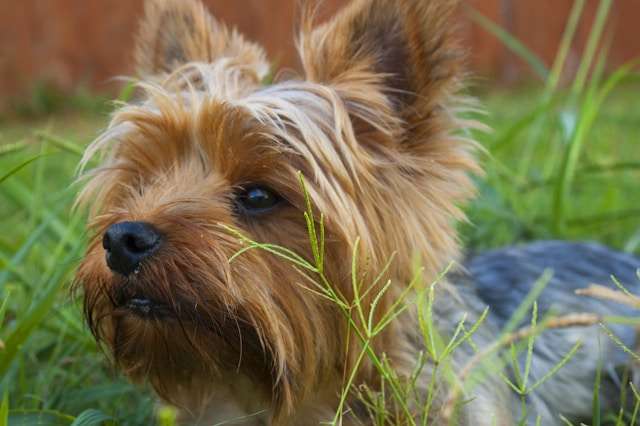
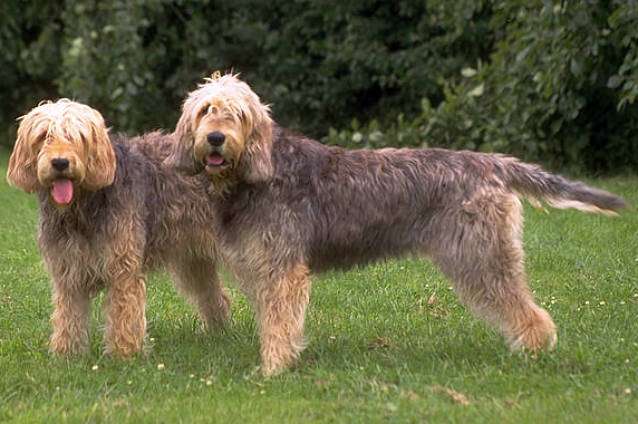
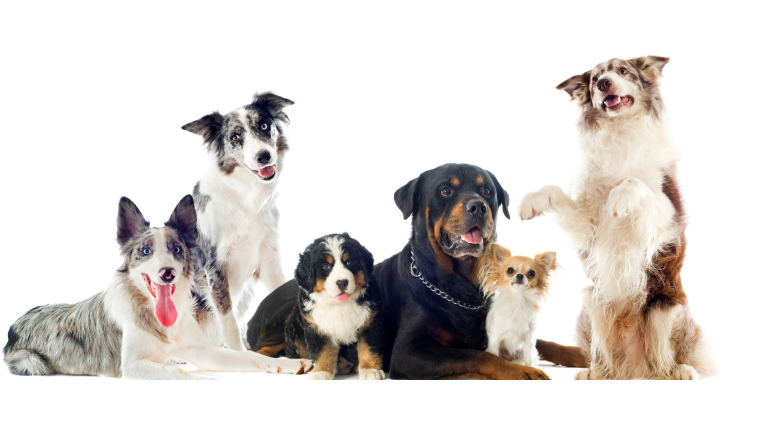
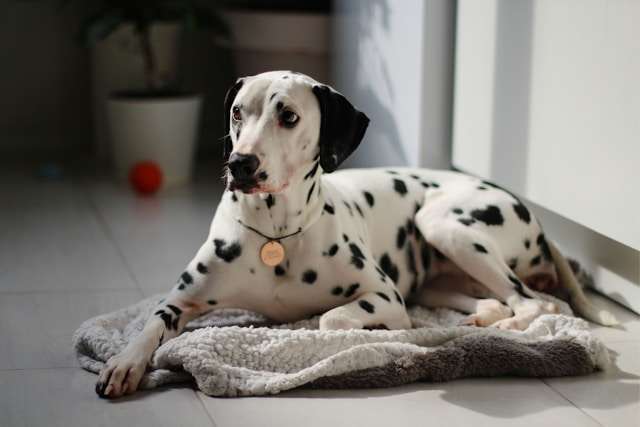
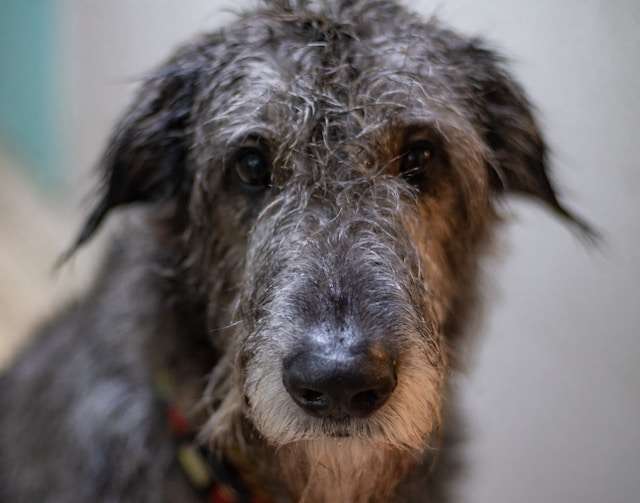
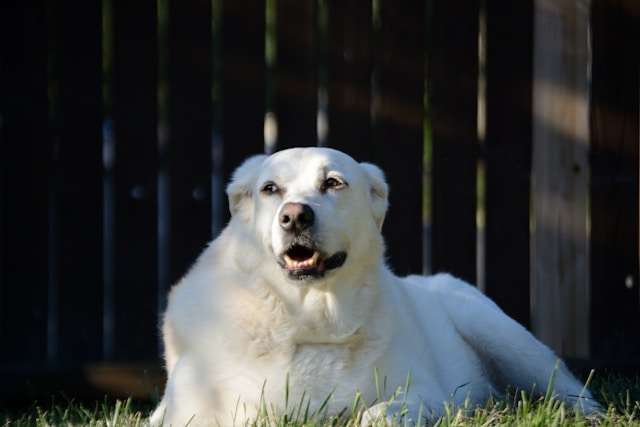
6 Comments